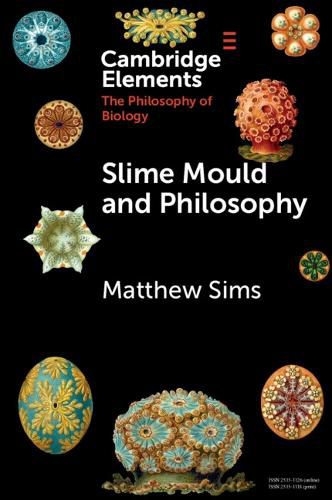Readings Newsletter
Become a Readings Member to make your shopping experience even easier.
Sign in or sign up for free!
You’re not far away from qualifying for FREE standard shipping within Australia
You’ve qualified for FREE standard shipping within Australia
The cart is loading…






Physarum polycephalum, also known more colloquially as 'the blob', 'acellular slime mould', or just 'slime mould', is a unicellular multinucleate protist that has continued to attract the interest of biologists over the past century because of its complex life cycle, unique physiology, morphology, and behaviour. More recently, attention has shifted to Physarum as a model organism for investigating putative cognitive capacities such as decision making, learning, and memory in organisms without nervous systems. The aim of this Element is to illustrate how Physarum can be used as a valuable tool for approaching various topics in the philosophy of biology. Physarum and its behaviour not only pose a challenge to some of the received views of biological processes but also, I shall argue, provide an opportunity to clarify and appropriately sharpen the concepts underlying such received views.
$9.00 standard shipping within Australia
FREE standard shipping within Australia for orders over $100.00
Express & International shipping calculated at checkout
Physarum polycephalum, also known more colloquially as 'the blob', 'acellular slime mould', or just 'slime mould', is a unicellular multinucleate protist that has continued to attract the interest of biologists over the past century because of its complex life cycle, unique physiology, morphology, and behaviour. More recently, attention has shifted to Physarum as a model organism for investigating putative cognitive capacities such as decision making, learning, and memory in organisms without nervous systems. The aim of this Element is to illustrate how Physarum can be used as a valuable tool for approaching various topics in the philosophy of biology. Physarum and its behaviour not only pose a challenge to some of the received views of biological processes but also, I shall argue, provide an opportunity to clarify and appropriately sharpen the concepts underlying such received views.